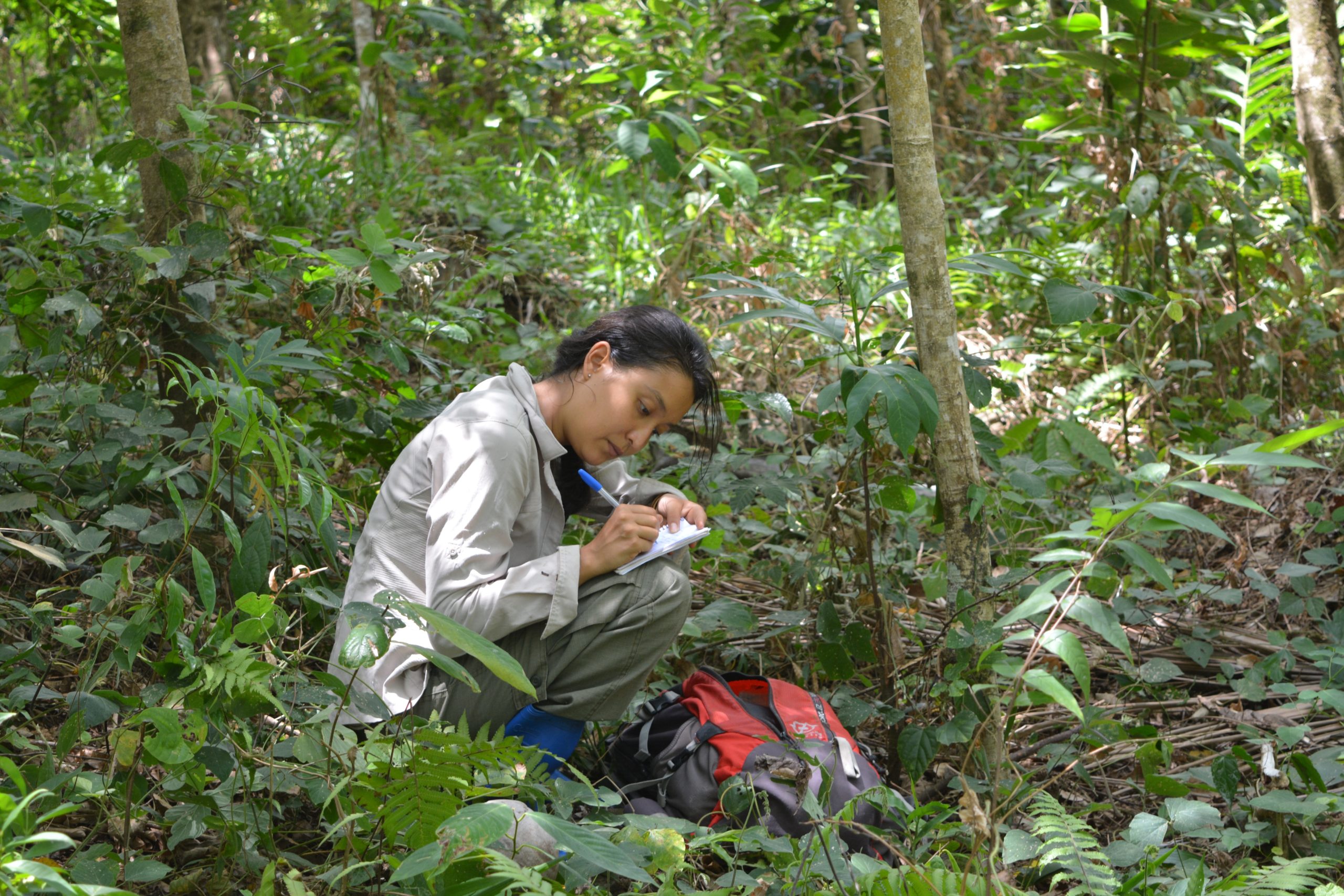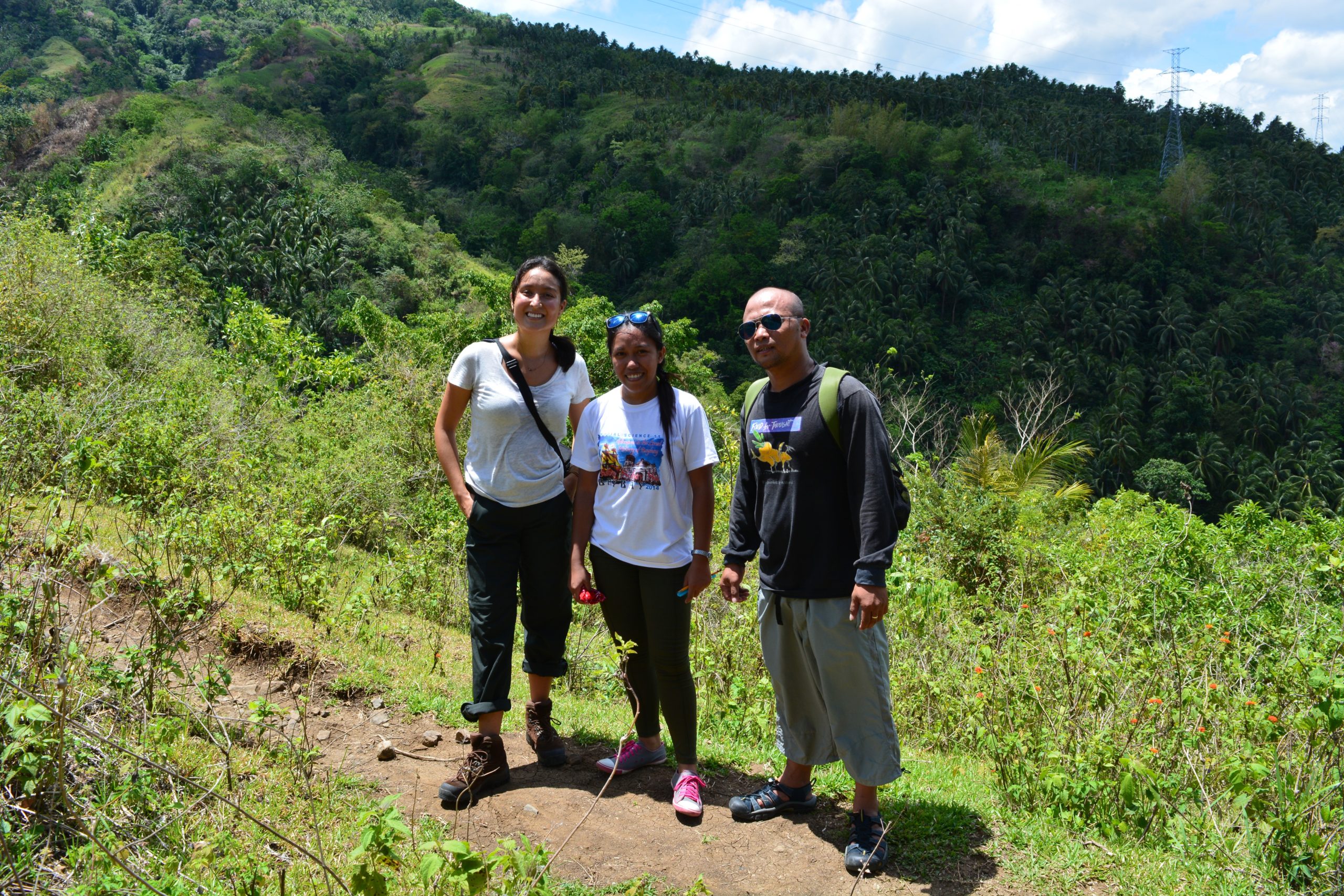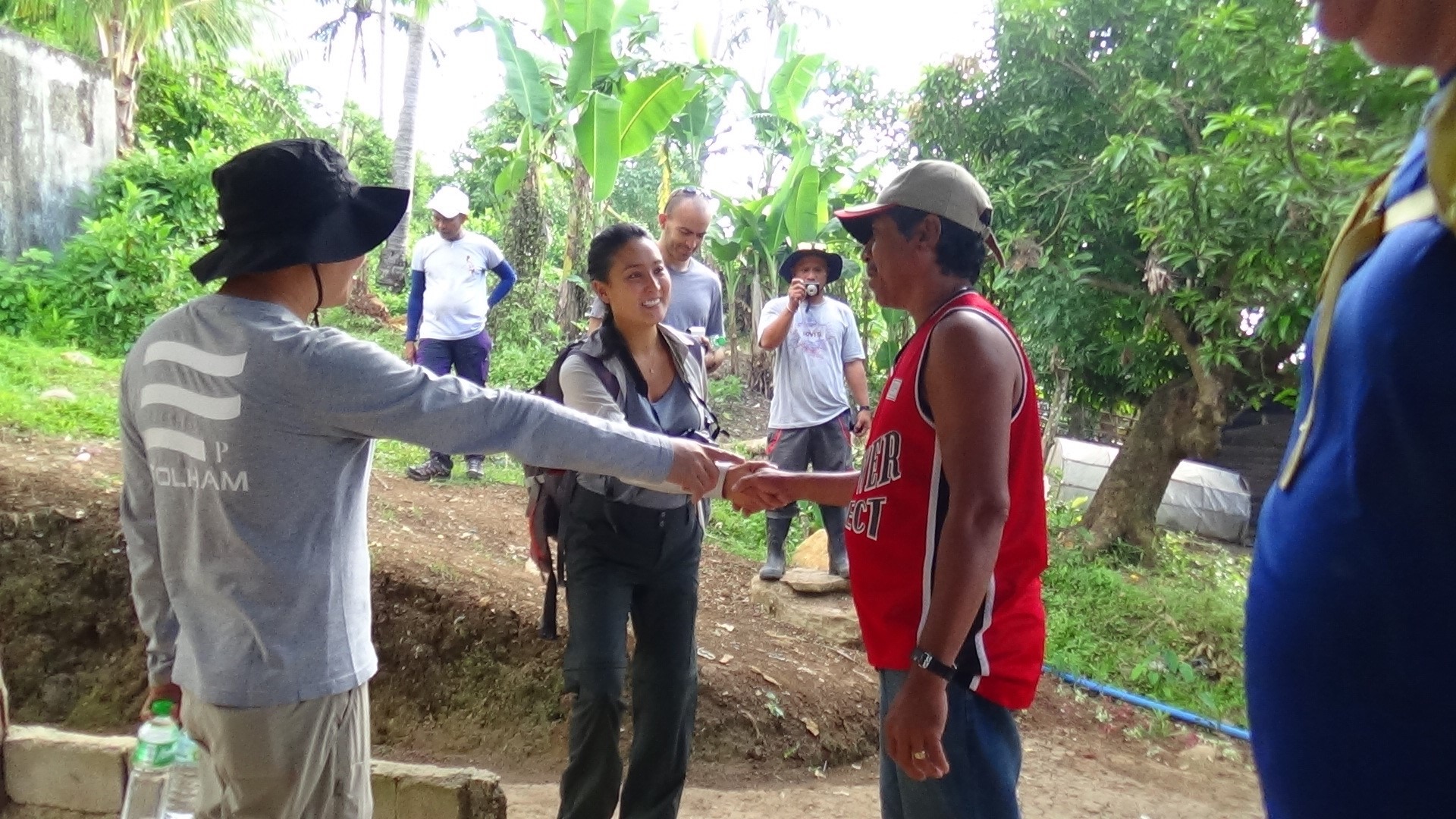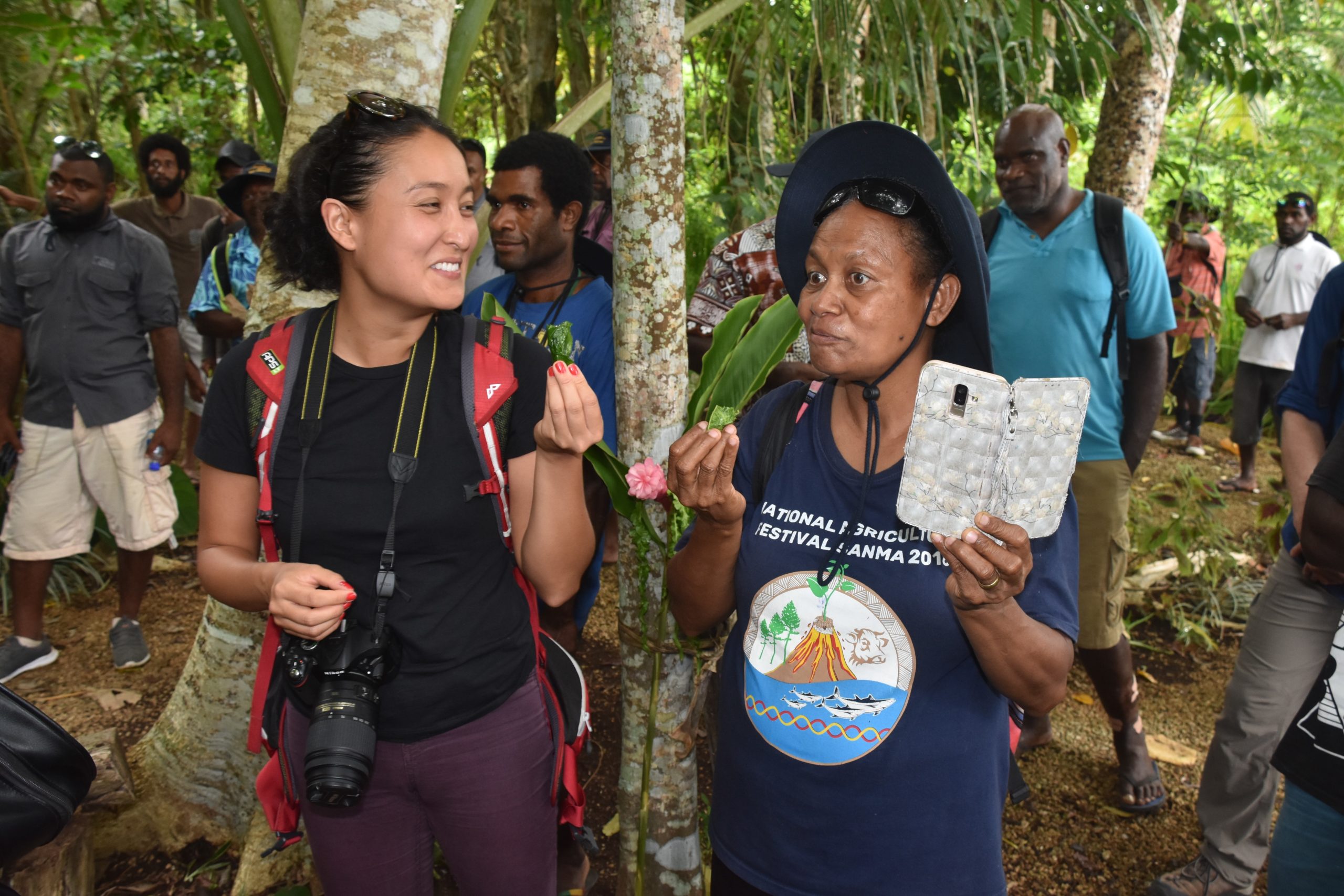

A forestry pathway to international agricultural development
February 1, 2021

We recently reported on our first 2021 NextGen panel at the CSIRO Vacation Scholarship Program on 27 January in Brisbane. As part of the panel, we had Dr Liz Ota, Post-Doctoral Research Fellow at the Tropical Forests and People Research Centre at Sunshine Coast University who has been kind enough to provide this first blog as part of our Career Pathways Campaign. Through blogs, videos and podcasts we will be highlighting the tremendous range and diversity of career pathways to work in agriculture for development. Do you have an interesting career pathway to share? Liz explains here her pathway to ag development through forestry.

Forestry and agriculture overlap in some ways and have complementary roles in others. Some perennial crops are managed using techniques and practices of both agriculture and forestry. And some farming systems are composed of both trees and agricultural crops that interact with each other not only in their physical environment but also many times in terms of their socioeconomic use. Complementarity can be found when looking at farm-level portfolios. Crops can benefit from ecosystem functions provided by trees and forests – which also serve as economic buffers for many tropical smallholders, and trees can benefit from the more regular income provided by agriculture to farmers. In this piece I will tell a bit about my pathway to agricultural development through forestry.
Coming from Brazil, a country in which there are over 60 universities offering a bachelor degree in forestry, it was surprising to arrive in Australia and learn that here there is only a single university that still produces Foresters. I grew up in the Greater Sao Paulo region in Brazil, a big metropolitan area that is home to about 23 million people – over 90% of the Australian population. I studied forestry to be able to work with plants and animals, outdoors and away from people as much as possible. In my first internship as an undergrad in a national park I had to assist in the regularisation of livelihood activities of traditional communities living inside the protected area. These communities had been living there for over 300 years, much before the protected area was established, and lost their rights to use the land overnight with no consultation or warnings. These communities have been managing forests and using forest resources in a sustained way for several generations. And I quickly realised that to conserve forests in the tropics it’s not only fair and ethical but also necessary to address the wellbeing needs of local people.

When I started my studies, I thought Forestry was either for industry or conservation. Combining elements of both in research for development opened up unexpected paths for my career and my life. I kept working in that national park throughout my whole undergrad, understanding how the use of forests species can lead to biodiversity conservation and improved wellbeing for communities around those forests through alternative income opportunities. I was looking for my PhD opportunity when my supervisor from my honours, Prof Vera Lex, came to Australia to do some post-doctorate research at UQ. She told me she had met a group led by Prof John Herbohn that worked on this interface between forests and communities I was so interested about. I then came to Australia to do a PhD on the impacts of reforestation on the livelihoods of smallholders and communities in the Philippines. Trees take time to grow and are often a complementary source of income for low-income smallholders rather than their main farming activity. In my PhD I learnt how important trees are as an economic buffer and how being part of a reforestation program lifted not only the natural and financial capital of communities and smallholders, but also their human, social, and physical capitals.

Currently, I am working on the fifth consecutive ACIAR-funded project our Tropical Forests and People Research Centre had in the Philippines. The project is focused on forest and landscape restoration with communities. Through the accumulated hard work of all members that have been involved in these five projects, we now have the ears of governmental agencies in the Philippines and the opportunity to have a higher impact through evidence-based policy changes. We hope that our work will inform policy for better on-ground outcomes for the environment and the communities whose lives are greatly intertwined with the natural resources of the surrounding lands.
We are now working on a proposal for a carbon-based project to scale out our reforestation experiences in partnership with a large private company, which will not only be a great opportunity for my career as a Forester, but also, hopefully, a means to achieve several development goals including protection of biodiversity and other ecosystem services, provision of diverse livelihood opportunities for local people and a model for future reforestation efforts.
And my advice? Get involved! Our research centre works in several countries including Australia, Philippines, Vanuatu, Papua New Guinea, Indonesia, Nepal and Tanzania, and carries out research on a very broad range of topics, including among others: ecology, silviculture, indigenous, smallholder and community forestry, governance, gender relations, policy development, planting systems, marketing, financial performance, and business models for smallholders. The major organisations working on similar topics are ICRAF–CIFOR, RECOFTC, and the Small-scale Forestry subdivision of the International Union of Forest Research Organizations (IUFRO) – check them all out for opportunities.




